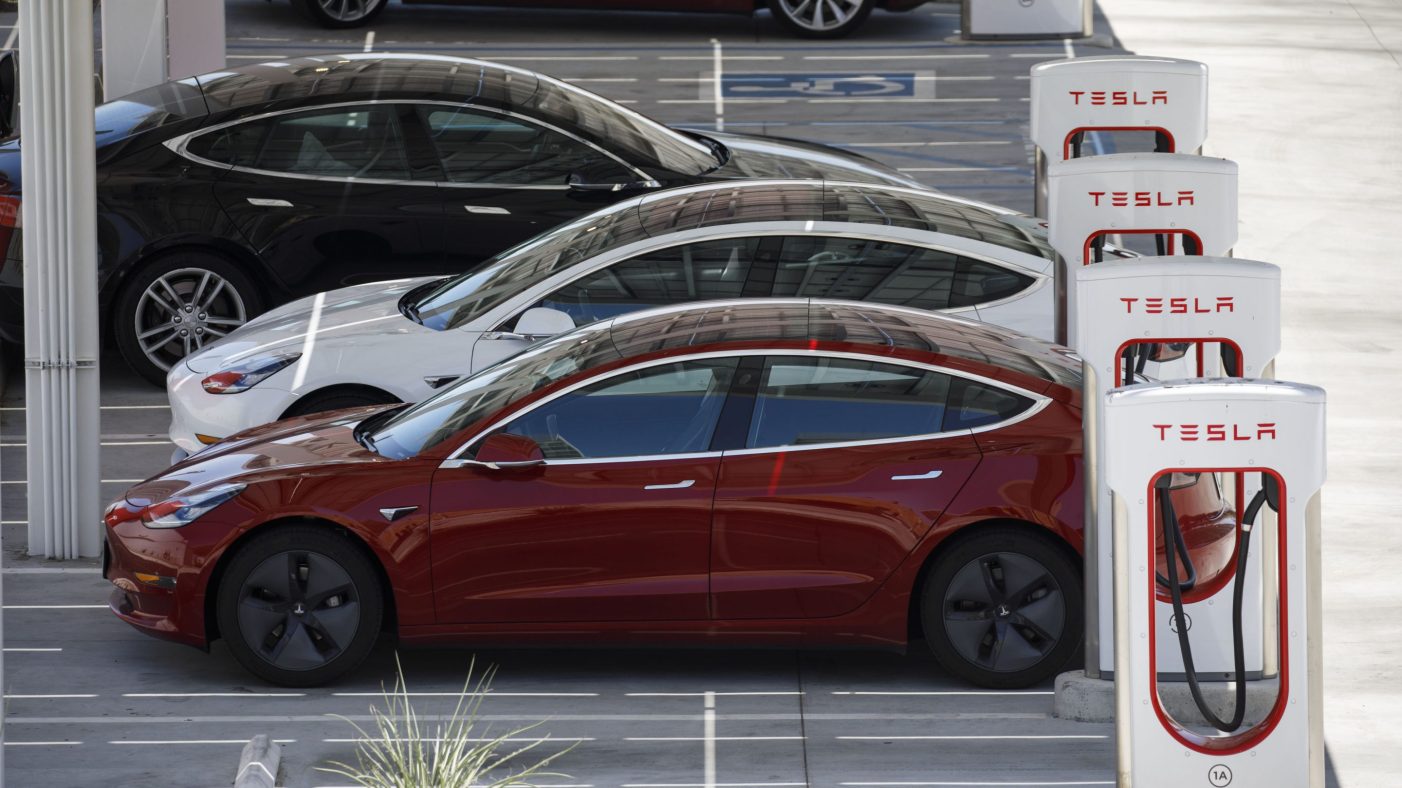Read The Full Article On:Fortune
In the U.S., their numbers are small but growing fast, and they are growing even faster in other countries. They’re a key part of every automaker’s long-term strategy. After years of anticipation, the market for electric vehicles (EV) is shifting into high gear in America.
EVs may still seem exotic to many shoppers on the car lot, but their sales are consistently accelerating year over year. More than 1 million electric vehicles are on U.S. roads today—and there should be over 18 million in little more than a decade, says a forecast from the Edison Electric Institute.
I’m looking forward to a future of emission-free vehicles fueled by emission-free power. The electric utility industry is at the intersection of both of these ambitions.
It’s essential that various stakeholders work together to help reduce vehicle emissions. This responsibility should not just fall on the automotive industry. I’m the president of an energy provider in Michigan, and my colleagues and I must play a major role in helping the U.S. turn the corner on EVs, from passenger vehicles to buses.
My company, Consumers Energy, and other energy providers are already offering our expertise to support the Big Three automakers in growing the EV market. First, we’re helping make it more convenient for drivers of electric vehicles to cover long distances. People will be more likely to buy electric vehicles only if they’re confident they can find charging stations when they’re miles away from home, whether they’re at work or on road trips. That charging infrastructure has to be in place, even if the EVs aren’t yet on the road in large numbers.
This year, Consumers Energy and Michigan’s other major electricity provider, DTE Energy, started making progress toward that goal by providing rebates to consumers who install electric vehicle charging stations. An electric vehicle owner who wants a home charging station can receive a rebate, and businesses and municipalities can receive rebates for charging stations in public locations. This will pave the way for EV charging to become more common, not just in people’s garages, but in their office parking lot or along highways.
Second, we need to help automakers design the best customer experience for electric transportation drivers. Consumers Energy has partnered with our hometown automakers to enable smart charging, which takes advantage of excess power availability to give drivers the chance to charge in off-peak hours.
This makes sense both for drivers and for utility companies. EVs have the potential to add significant electric demand to the electric system, therefore better utilizing a significantly oversized electric grid. By assuring that vehicle charging occurs outside peak hours, the unit cost of electricity actually drops every time someone charges an electric vehicle. That is a win for drivers due to lower charging costs, and for society in the form of lower energy costs and lower vehicle emissions.
Automakers and energy providers are natural allies as the next generation of cars hits our streets. We both are managing new leaps forward in technology that challenge traditional businesses, and we’re both taking stands that ensure our work protects the planet. We’ll know we’ve done our job well when we start seeing high numbers of drivers smoothly transition from gas to electric vehicles.

